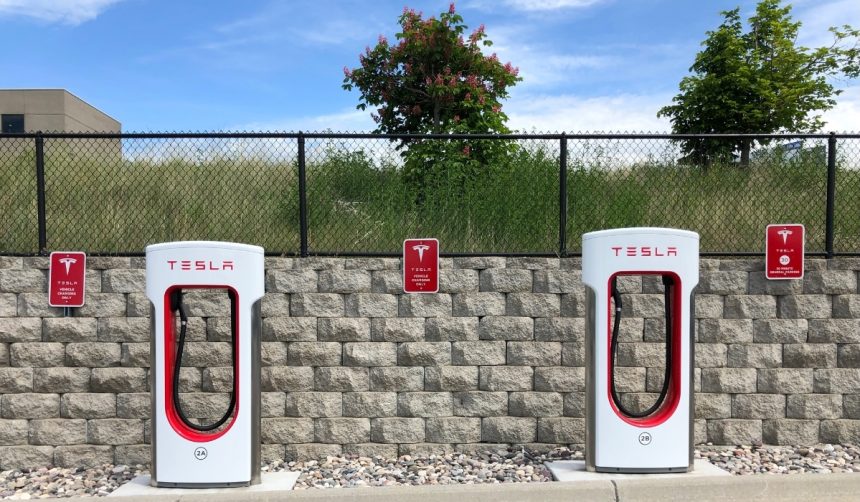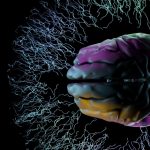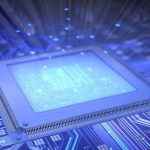Tesla has presented a new iteration of its humanoid robot, Optimus, now featuring integration with the artificial intelligence assistant Grok. This demonstration, shared online by Salesforce CEO Marc Benioff, occurred during an interaction with Tesla CEO Elon Musk. The video displays the prototype responding to questions and walking, suggesting continued progress while indicating the robot remains in an early development stage. Observers noted Optimus sporting a new gold color and redesigned hands, adding a fresh appearance to the project. As public interest in robotics continues to rise, Tesla’s unveiling attracts attention to its ongoing investments in AI-driven automation.
Earlier news coverage focused primarily on the functional milestones achieved by previous Optimus prototypes and placed less emphasis on the AI capabilities that now characterize the latest version. Reports initially discussed Tesla’s intent to make the robot adept at both simple and complex tasks, like carrying objects or performing precision work, but recent updates demonstrate an increased drive to integrate conversational artificial intelligence through Grok. These developments suggest a shift in the perception of Optimus, framing it as a more interactive and adaptable platform rather than only a mechanical assistant.
What Sets the Latest Optimus Version Apart?
The new Optimus robot stands out due to its combination of hardware and software advancements. The prototype’s gold-colored exterior distinguishes it from prior designs, while the more detailed hands imply efforts to enhance dexterity. Although the displayed hands seem less functional and more mannequin-like, their construction hints at Tesla’s intent to more closely replicate the complexity of human movement. Integration of the Grok AI enables voice-activated interactions, which adds value for practical applications and increases the robot’s potential utility.
How Does Grok Influence Optimus’s Abilities?
Incorporating Grok as an AI assistant allows Optimus to process and respond to verbal commands, offering a more interactive interface. During the demonstration, Grok answered user questions, showcasing conversational capabilities not previously present in past Optimus models.
“Next-generation Optimus hand, which we have in prototype form, has actuators that have moved to the forearm, just like humans, and they operate the fingers through cables, just like human hands,”
said Elon Musk. This alignment between voice and mechanical systems could make Optimus more appealing for workplaces requiring both autonomous action and human collaboration.
What Role Does Optimus Play in Tesla’s Strategy?
Tesla’s approach with Optimus extends beyond simple demonstration; the company sees the robot as a key component for future growth and market positioning. Tasks that involve repetitive labor or require fine motor skills present significant opportunities for Optimus deployment in industrial settings. According to Elon Musk,
“Optimus will be a major contributor to Tesla’s valuation moving forward.”
Coupled with Grok, Optimus reflects Tesla’s growing focus on integrating AI and robotics to address practical business needs.
Tesla’s continued work on the Optimus robot signifies evolving ambitions in combining advanced robotics with AI. By introducing the Grok assistant to Optimus, Tesla is making strategic moves to enhance not only the robot’s functional versatility but also its role as a potential platform for future automation. Compared with earlier models and prototypes, the progression towards lifelike hand movement and conversational abilities emphasizes the company’s pursuit of making Optimus a general-purpose solution in both workplace and personal environments. For observers and stakeholders, this development points to the increasing viability of humanoid robots in commercial sectors. Anyone following robotics and automation trends may benefit from tracking such integrations of AI assistants as they signal the accelerating convergence of software and hardware innovation in real-world applications.










